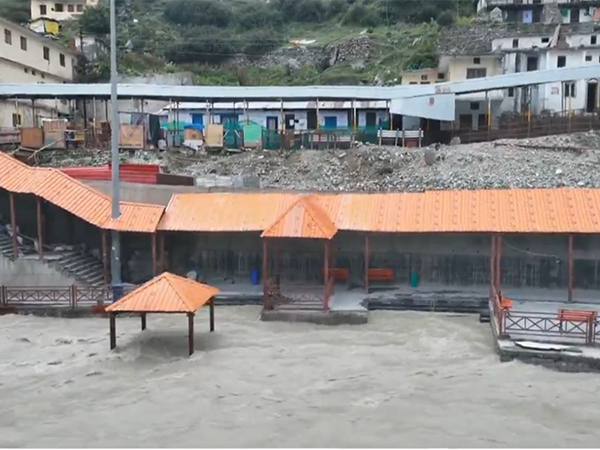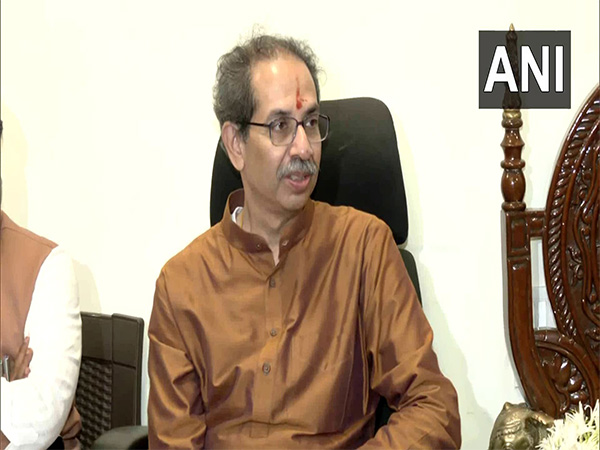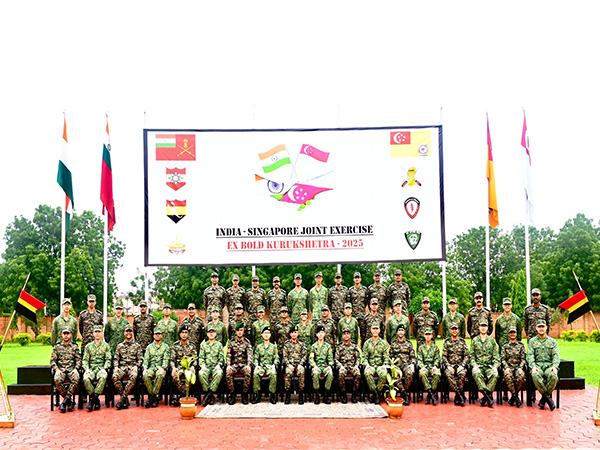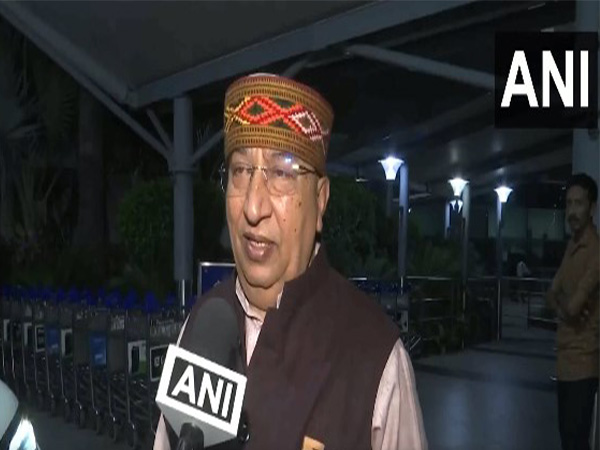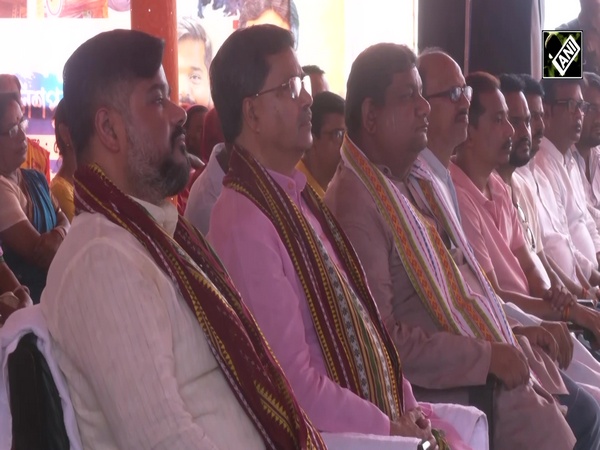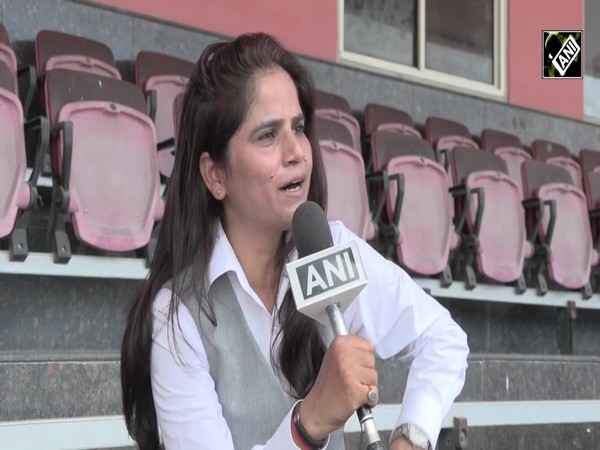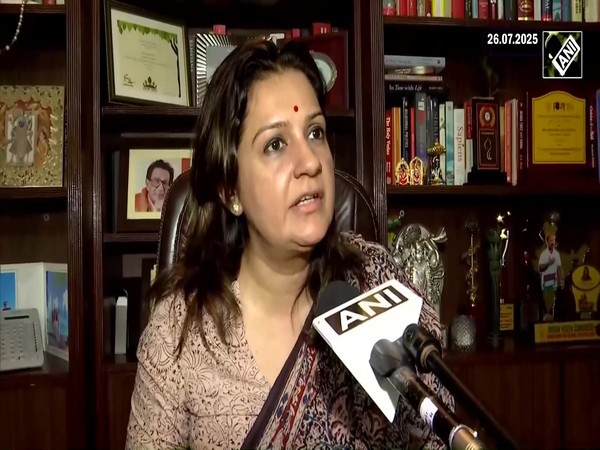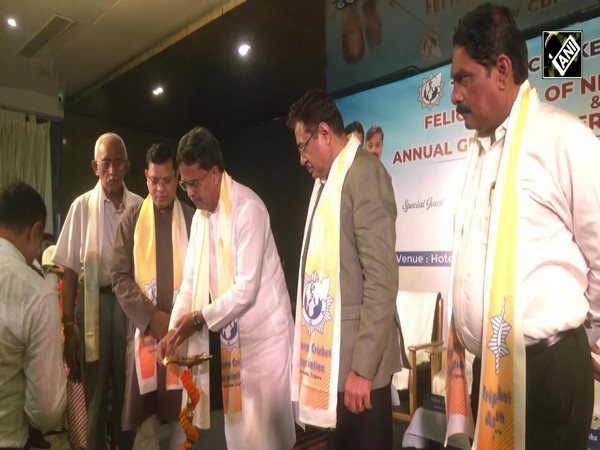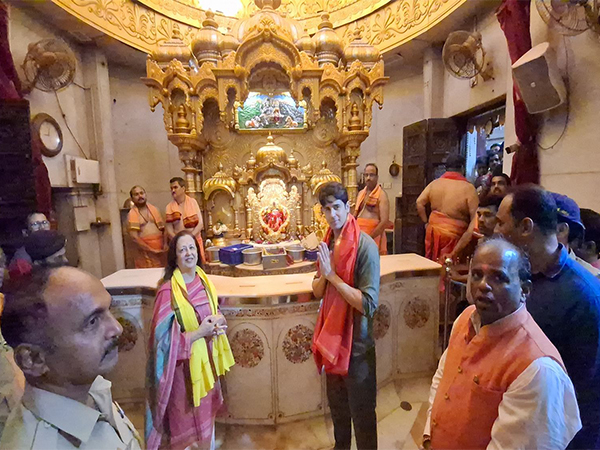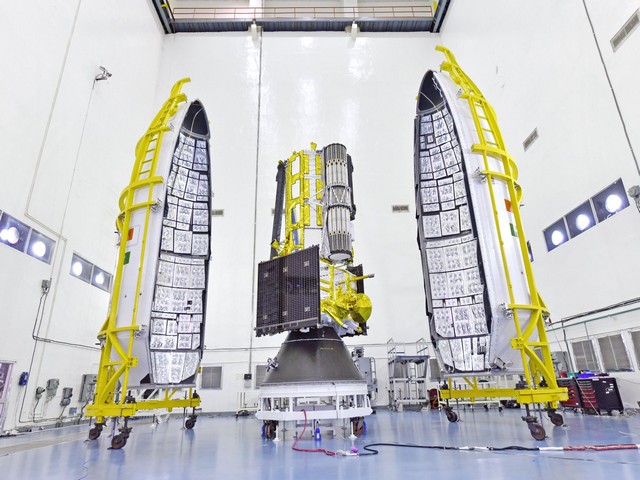
"One mission to watch Earth": ISRO-NASA's joint satellite NISAR set for July 30 launch
Jul 27, 2025
New Delhi [India], July 27 : The Indian Space Research Organisation (ISRO) on Sunday stated that the upcoming launch of NISAR, the first joint Earth observation satellite by ISRO and NASA, will mark a key milestone in Earth observation technology.
NISAR will be launched from the Satish Dhawan Space Centre in Sriharikota, Andhra Pradesh, on July 30 at 17:40 IST.
NISAR is the first mission of its kind, jointly developed by ISRO and NASA. It is an L- and S-band, global, microwave imaging mission, with the capability to acquire fully polarimetric and interferometric data, as per an official statement from ISRO.
The unique dual-band Synthetic Aperture Radar of NISAR employs the advanced, novel SweepSAR technique, which provides high-resolution and large-swath imagery. NISAR will image the global land and ice-covered surfaces, including islands, sea-ice and selected oceans, every 12 days.
The NISAR mission's primary objectives are to study land & ice deformation, land ecosystems, and oceanic regions in areas of common interest to the US and Indian science communities.
The joint mission will accomplish multiple tasks, including measuring the woody biomass and its changes, tracking changes in the extent of active crops, understanding the changes in wetlands' extent, and mapping Greenland & Antarctica's ice sheets and the dynamics of sea ice and mountain glaciers.
As per the statement, it will also help characterise land surface deformation related to seismicity, volcanism, landslides, and subsidence & uplift associated with changes in subsurface aquifers, hydrocarbon reservoirs, etc.
"One mission to watch Earth. #ISRO #NASA builds, Earth benefits. This marks a key milestone in Earth observation technology. Stay tuned as we bring you closer to the mission that watches our world," ISRO sais in a post on X.
"The Spacecraft is built around ISRO's I-3K Structure. It carries two major Payloads viz., L & S- Band Synthetic Aperture Radar (SAR). The S-band Radar system, data handling & high-speed downlink system, the spacecraft and the launch system are developed by ISRO. The L-band Radar system, the high-speed downlink system, the Solid-State Recorder, the GPS receiver, and the 9 m Boom hoisting the 12m reflector are delivered by NASA. Further, ISRO takes care of the satellite commanding and operations; NASA will provide the orbit manoeuvre plan and RADAR operations plan. NISAR mission will be aided with ground station support from both ISRO and NASA for downloading of the acquired images, which, after the necessary processing, will be disseminated to the user community," the statement added.
The data acquired through S-band and L-band SAR from a single platform will help scientists understand the changes happening to Planet Earth.
The complex payloads and mainframe systems have been designed, developed, qualified and realised over a period of 8 to 10 years.
"The S- Band SAR and L- Band SAR were independently developed, integrated and tested at ISRO and JPL/NASA respectively. The Integrated Radar Instrument Structure (IRIS), consisting of S - Band and L - Band SAR and other payload elements were intergrated and tested at JPL/NASA and delivered to ISRO," it stated.
Mainframe satellite elements and payloads were assembled, integrated and tested at URSC/ISRO.
The mission phases can be broadly classified into: Launch phase, Deployment Phase, Commissioning Phase and Science Phase.
NISAR will be launched onboard the GSLV-F16 launch vehicle on July 30, 2025 from ISRO's Satish Dhawan Space Centre (SDSC), also referred to as Sriharikota High Altitude Range (SHAR), located in Sriharikota on the southeast coast of the Indian peninsula.
It hosts a 12m dia large reflector which shall be deployed in-orbit 9m away from the satellite by a complex multistage deployable boom designed and developed by JPL/NASA.
The first 90 days after launch will be dedicated to commissioning, or In-Orbit Checkout (IOC), the objective of which is to prepare the observatory for science operations. Commissioning is divided into sub-phases of initial checks and calibrations of mainframe elements followed by JPL engineering payload and instrument checkout.
The science operations phase begins at the end of commissioning and extends till end of mission life. During this phase, the science orbit will be maintained via regular maneuvers, scheduled to avoid or minimize conflicts with science observations. Extensive calibration and validation (CalVal) activities will take place. The observation plan for both L and S-band instruments, along with engineering activities (e.g., maneuvers, parameter updates, etc.), will be generated pre-launch via frequent coordination between JPL and ISRO, the statement added.

